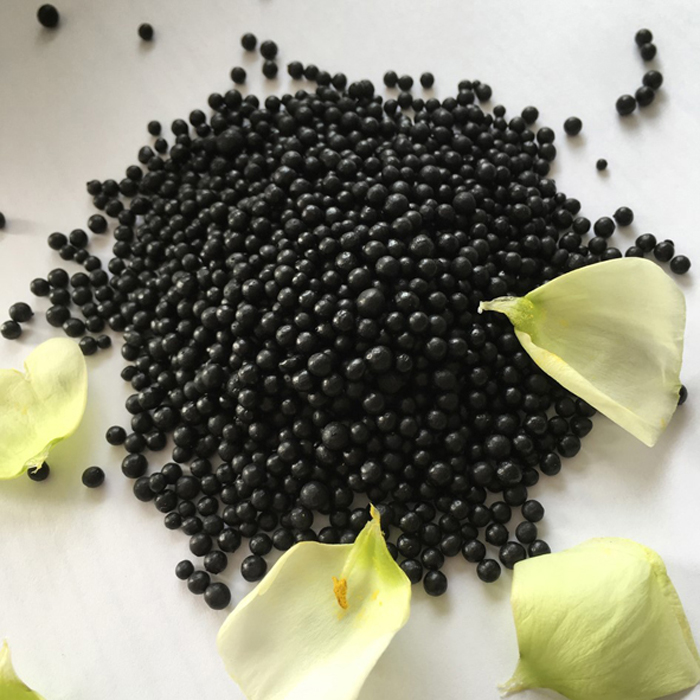
Oct . 17, 2024 00:23 Back to list
Production of 28-0-4 Fertilizer for Optimal Crop Growth and Yield Enhancement
Understanding 28-0-4 Fertilizer Its Composition, Benefits, and Application in Agriculture
Fertilizers play a crucial role in modern agriculture, enhancing soil fertility and boosting crop yields. Among the various types of fertilizers available, 28-0-4 fertilizers stand out due to their unique composition and significant benefits to plant growth. This article delves into the details of 28-0-4 fertilizers, including their formulation, advantages, and application techniques.
Composition of 28-0-4 Fertilizer
The numbers in the fertilizer designation 28-0-4 represent the nutrient content in terms of percentage by weight. In this case, the fertilizer contains 28% nitrogen (N), 0% phosphorus (P), and 4% potassium (K).
- Nitrogen (N) As the primary component, nitrogen is essential for the growth of plants. It is a key element in amino acids, proteins, and chlorophyll, which are critical for photosynthesis and overall plant health. A higher nitrogen content in this fertilizer promotes vigorous vegetative growth, making it ideal for leafy vegetables and grasses.
- Phosphorus (P) The absence of phosphorus (0%) in 28-0-4 indicates that it is not intended for root development or flowering. This characteristic makes it less suitable for crops that require significant phosphorus, such as root vegetables.
- Potassium (K) The 4% potassium in the mixture supports several essential functions in plants, including water regulation, enzyme activation, and photosynthesis. Potassium enhances the quality of fruits and improves the overall resistance of plants to diseases and adverse environmental conditions.
Benefits of Using 28-0-4 Fertilizer
The use of 28-0-4 fertilizer can yield several benefits in agriculture
1. Targeted Nutrient Supply The high nitrogen content is particularly beneficial for crops that require a substantial amount of nitrogen to thrive. These include leafy greens like lettuce, spinach, and certain types of grains.
2. Enhanced Growth Rates Farmers seeking faster growth rates often choose fertilizers with high nitrogen levels. The 28% nitrogen in this formulation can lead to rapid plant growth and increased biomass.
28-0-4 fertilizer factory

3. Cost-Effective Solution Many producers find that 28-0-4 fertilizers provide a cost-effective approach to meet nitrogen needs. This option can be particularly advantageous for large-scale farmers looking to optimize their nutrient management strategies.
4. Flexibility in Application This type of fertilizer can be applied through various methods, including broadcasting, injecting, or applying in a band. This flexibility allows farmers to choose the best approach for their specific crop and soil conditions.
Application Techniques
To maximize the benefits of 28-0-4 fertilizer, proper application techniques must be employed
- Soil Testing Before applying any fertilizer, it’s essential to conduct soil tests. This practice helps in understanding the existing nutrient levels and ensuring that any application complements the soil’s natural fertility.
- Timing Timing is crucial when applying nitrogen-rich fertilizers. It is generally best applied during the early growth stages of crops, allowing plants to take full advantage of the available nutrients.
- Rate of Application The application rate should be determined based on the specific crop requirements and soil conditions. Over-fertilization can lead to nutrient runoff and environmental harm.
- Watering Post-application irrigation is important. Water helps in dissolving the nutrients, allowing for better absorption by plant roots.
Conclusion
In conclusion, 28-0-4 fertilizers are an excellent choice for growers looking to enhance nitrogen input for their crops while maintaining a balanced nutritional profile. Understanding its composition and strategic application can significantly contribute to better crop yields and improved agricultural productivity. As the agricultural landscape continues to evolve, fertilizers like 28-0-4 will remain an essential tool for farmers aiming for efficiency and sustainability in food production.
-
10 10 10 Fertilizer Organic—Balanced NPK for All Plants
NewsJul.30,2025
-
Premium 10 10 10 Fertilizer Organic for Balanced Plant Growth
NewsJul.29,2025
-
Premium 10 10 10 Fertilizer Organic for Balanced Plant Growth
NewsJul.29,2025
-
Premium 10 10 10 Fertilizer Organic for Balanced Plant Growth
NewsJul.29,2025
-
50 Pound Bags of 13-13-13 Fertilizer for All Plants – Bulk & Organic Options
NewsJul.28,2025
-
High-Efficiency 15-30-15 Granular Fertilizer for Healthy Crops
NewsJul.28,2025
